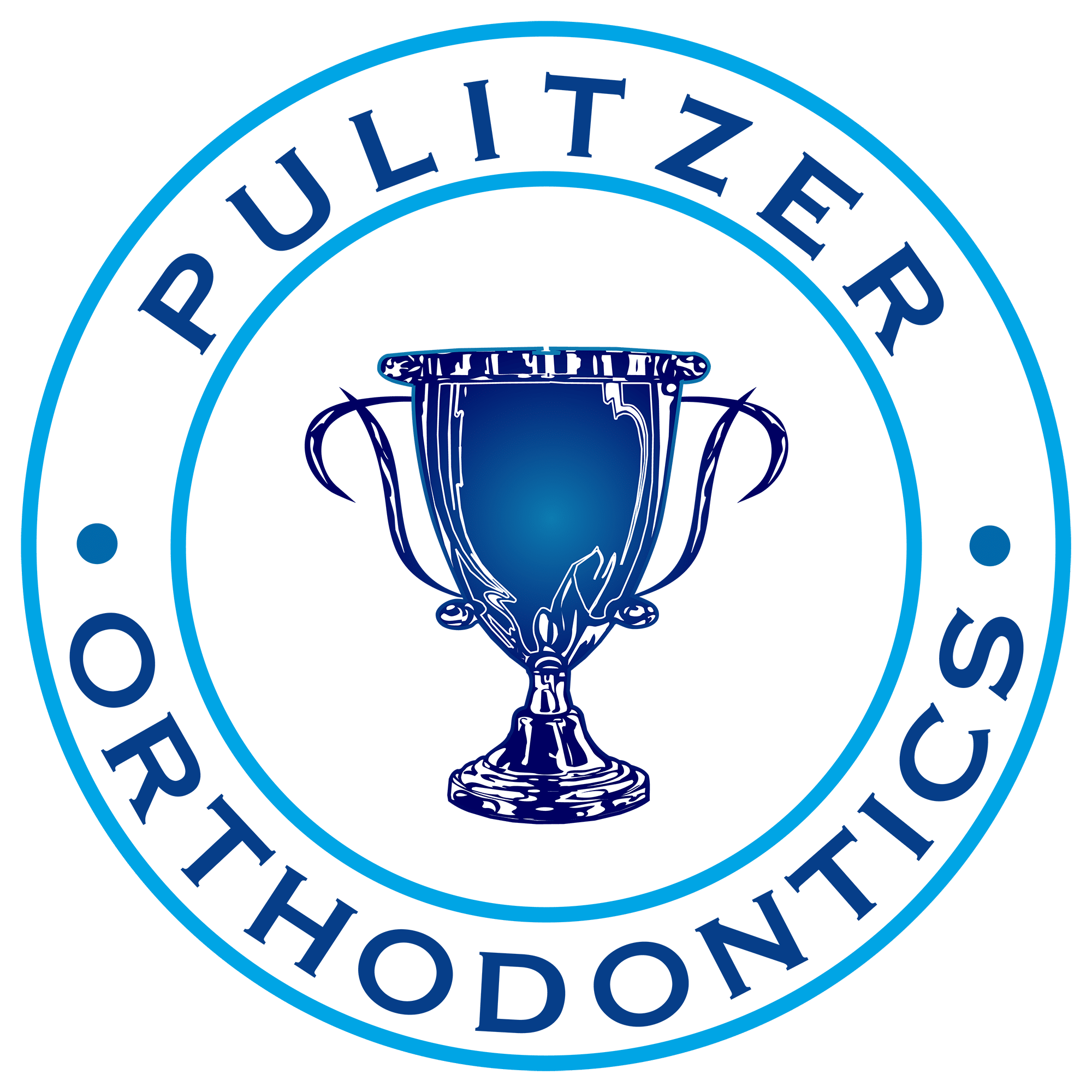At what age should a child first visit the orthodontist?
The American Association of Orthodontists advises that most children undergo an orthodontic screening by age 7. This early assessment enables Dr. Cindy and Dr. Sam to identify when orthodontic treatment will be necessary and the optimal timing for intervention.
Why are children being evaluated at such an early age?
Early diagnosis and treatment can help to guide erupting teeth into a more favorable position, preserve space for permanent teeth, and reduce the likelihood of fracturing protruded front teeth.
If early treatment is deemed necessary, Dr. Cindy and Dr. Sam can facilitate the growth pattern of the jaws and incoming permanent teeth. This early intervention can also help regulate the width of the upper and lower dental arches, create space for permanent teeth, mitigate the need for permanent tooth extractions, decrease the risk of impacted permanent teeth, address thumb sucking, and improve abnormal swallowing or speech issues. In essence, early treatment streamlines later interventions.
Does early treatment benefit all children?
Early treatment does not necessarily benefit all children. Certain types of orthodontic problems can be corrected more easily and efficiently during the teen years when all the permanent teeth have erupted. Some skeletal orthodontic problems should not be addressed until growth is more advanced or completed. The doctors develop a treatment plan based on each child’s needs. If the doctor decides the patient is not ready for treatment, they are placed on our orthodontic supervisory program. But, it’s still essential that a child is at least evaluated around age 7.
What is the Orthodontic Supervisory Program?
The orthodontic supervisory program is for patients who are not ready for treatment and have been placed on recall. This program enables us to monitor the eruptive pattern of permanent teeth. Sometimes, poor erupted patterns of permanent teeth may be eliminated with early removal of baby teeth and reduce the treatment time required for braces. We will notify your general dentist of any recommendations made during your visit. We normally see the patients on recall every 6-12 months to observe their progress as they grow. This program is free of charge and assists the orthodontist in determining the optimal time to begin treatment, ensuring the best possible outcome for your child.
In addition to a beautiful new smile, what are some other benefits of orthodontic treatment?
Braces can improve the function of the bite and teeth, improve the ability to clean the teeth, prevent wear on the teeth, and increase the longevity of natural teeth throughout a lifetime.
If a child has treatment early, will this prevent the need for braces as an adolescent?
Early treatment can address significant issues, prevent the development of more severe problems, and facilitate future treatments. Since early treatment is administered before all permanent teeth have erupted, final alignment may not be fully corrected initially. Typically, a shortened comprehensive phase of treatment (Phase II – full braces) in the teen years, after all the permanent teeth have erupted, completes the correction. However, in some circumstances, further orthodontic treatment may not be indicated.
Do we still need to see our family dentist during orthodontic treatment?
Patients with braces and other orthodontic appliances need to exert more effort to maintain clean teeth and gums. Because we want to ensure the highest level of dental health, we recommend you see your family dentist for regular check-ups and cleanings every 6 months during treatment.
